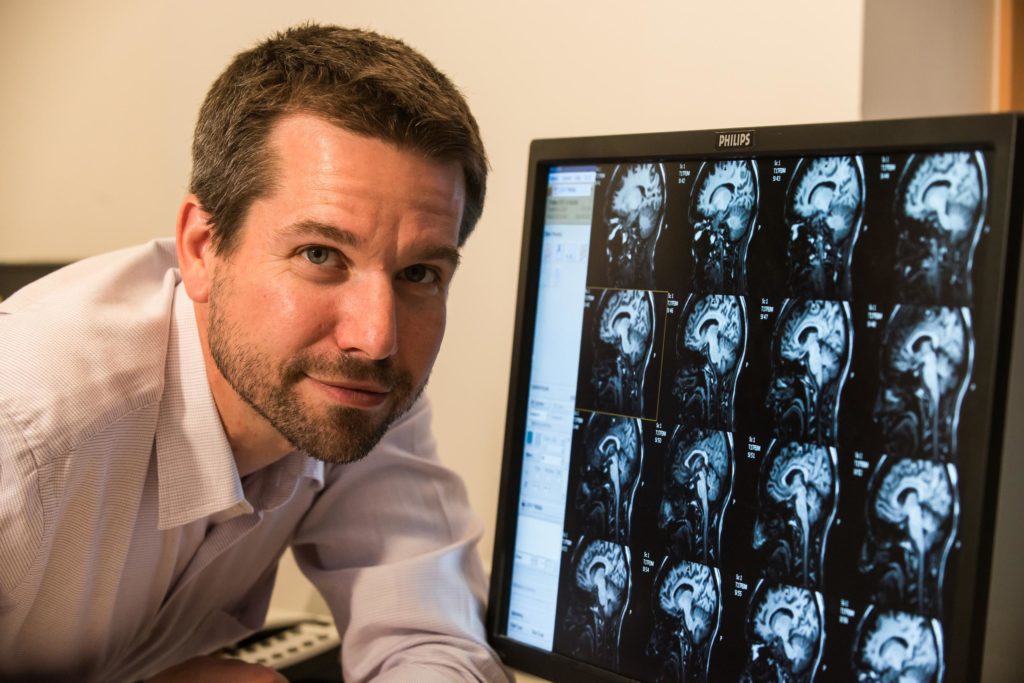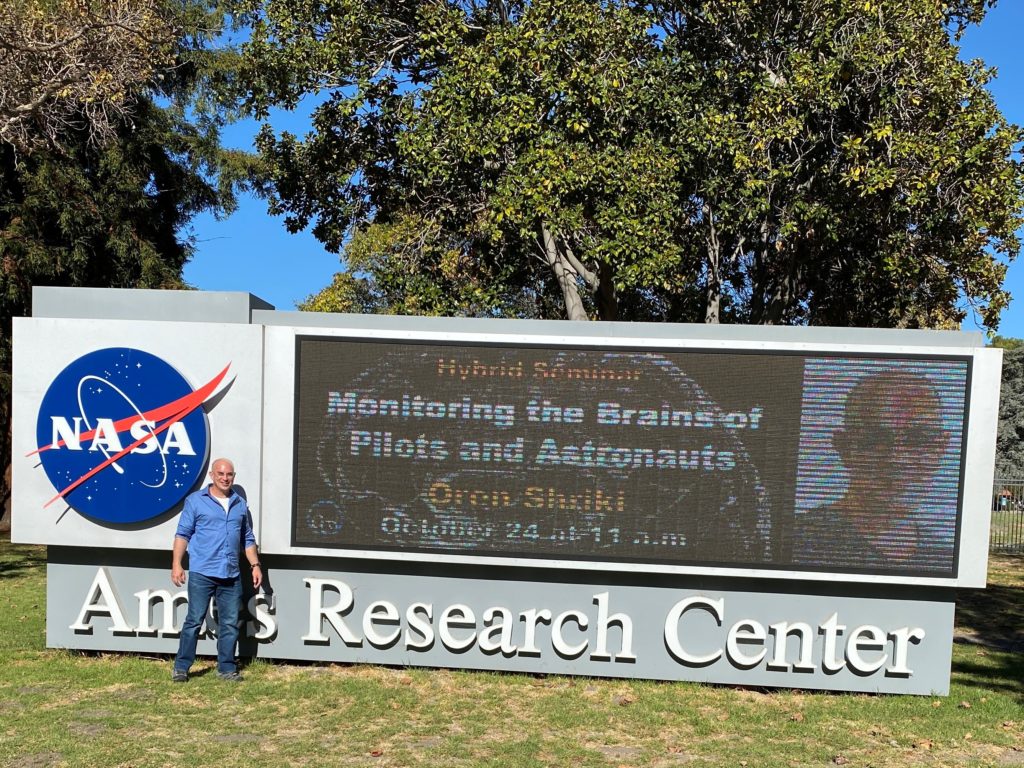
Untangling Autism
March 8, 2016
Jewish Journal of Los Angeles – Autism is a widely complex and varied disorder that we are not much closer to understanding than we were decades ago. Dr. Ilan Dinstein, a member of BGU’s Department of Psychology and Zlotowski Center for Neuroscience, is looking to change that.
“I’m totally convinced that autism is multiple disorders with different types of biology,” says Dr. Dinstein, speaking in Beverly Hills at a recent Americans for Ben-Gurion University event.
“The idea is to use MRI (magnetic resonance imaging) and EEG (electroencephalograms) to enable us to identify specific subgroups with the goal of having different treatments for each subgroup.”
Dr. Dinstein believes that just as there are different ways of expressing autism, there are different biological mechanisms behind these variations. Identifying these mechanisms, he hopes, could facilitate development of treatments targeted to specific variations.
“Our goal is to understand what happens in the brain early on in development – during the first four or five years of life,” says Dr. Dinstein, who along with his colleagues is looking at developmental brain function in BGU’s newly established neurophysiological autism lab.
Using brain changes rather than behavior to diagnose autism, he says, could eventually lead to the development of novel ways of identification, perhaps even before behavioral symptoms start.
Eric Courchesne and his wife Karen Pierce, co-directors of the UC San Diego Autism Center of Excellence, have shared data and experiments with Dr. Dinstein during his efforts, and agree that data on early-stage autism is woefully limited.
“There are lots of people doing research on older children, adolescents and adults with autism, and that’s important,” says Courchesne. “But it’s a challenge to see during the first one to two years of life, what’s going on in the brain that causes the symptoms of autism.”
To collect the amount of data necessary to properly conduct his research, Dr. Dinstein and his team have begun creating a regional autism database for the Middle East to gather and eventually correlate multiple types of information for each child. The effort, which started in January 2015, collected data from about 150 children last year.
“It will take several years to get this going,” acknowledges Dr. Dinstein, yet he is optimistic about the future.
“I am in this for the long haul,” he says.




